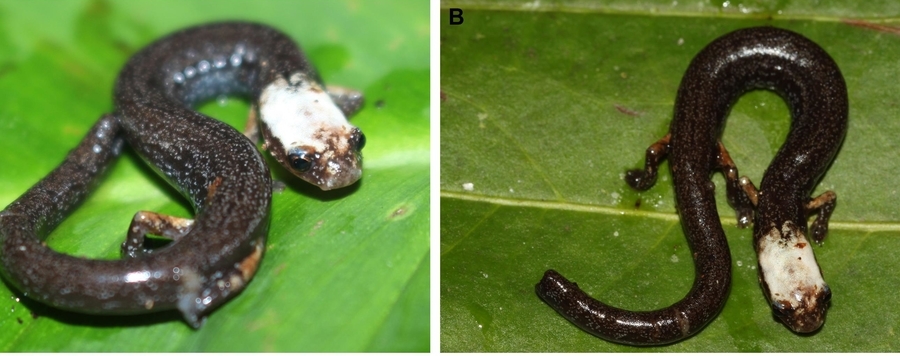
Two extremely rare new species of fossorial salamanders, genus Oedipina from NW Ecuador
We describe two new species of salamanders of the genus Oedipina, subgenus Oedopinola, from two localities on the northwestern foothills of Ecuador, at elevations between 921 and 1,067 m. These are the southernmost members of the genus. We examined different museum collections and we found just three specimens of Oedipina from Ecuador, obtained throughout the history of herpetological collections in the country. We identify two of the three specimens as new species, but refrain from assigning a specific identity to the third, pending further study. Oedipina villamizariorum sp. n. is a medium-sized member of the genus, with a narrow, relatively pointed head and blunt snout; dorsolaterally oriented eyes, moderate in size; and digits that are moderately long and having pointed tips. Oedipina ecuatoriana sp. n., somewhat larger, has a narrow head and broadly rounded snout; this new species differs from all known Oedipina by the distinctive presence of paired prefrontal bones and a reduced phalangeal formula: 0-0-1-0; 0-1-2-1-1. We provide detailed descriptions of the osteology of both new species. Finally, we present a phylogenetic hypothesis for the genus, including one of the two new species, based on partial sequences of mitochondrial DNA.






